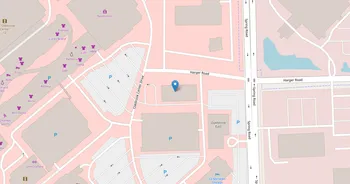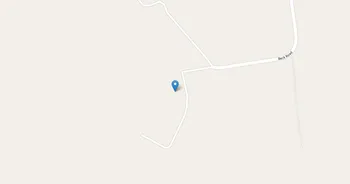Wabash Valley College (WVC) : Overview, Courses, Scholarships & Rankings
About Wabash Valley College
Set on the Illinois side of the Wabash River, Wabash Valley College pairs a practical mindset with a welcoming, small-campus feel. Classes lean into clear pathways, from transfer-ready coursework to career training in healthcare, business, technology, and skilled trades. Faculty have a reputation for being accessible, and the college backs that up with tutoring, advising, a well-used library, and a student success hub that keeps things on track.
Life on campus feels active without the chaos: clubs, performing arts nights, intramurals in the gym, and plenty of study spots when you need quiet. Labs and shops bring hands-on learning, while career services help with resumes, job fairs, and connections to regional employers. Mount Carmel adds small-town perks like friendly storefronts, volunteer chances, nearby trails and river access. The college is known for competitive athletics and a close-knit culture where people notice when you show up. And they notice when you don't.
Key Institutional Details
Contact & Profile
Academic & Institutional
Academic Programs & Fields of Study
Wabash Valley College (WVC) offers 0 degree programs across 0 major academic fields, graduating approximately 0 students annually. Explore program details, award levels, and graduate demographics below.
Tuition, Fees & Estimated Costs
Overview of tuition rates, housing, and other annual education expenses for undergraduate and graduate students
Financial Aid & Student Support
Summary of scholarships, grants, student loans, and financial aid statistics for undergraduate students
Student Success Metrics
Graduation rates and post-graduation earnings to help assess student outcomes and long-term value of education.
Loan Burden & Repayment Outcomes
Breakdown of loan repayment rates and student debt levels by income and dependency status.
Frequently Asked Questions
Find answers to the most common questions about Wabash Valley College (WVC)
How much does it cost to attend Wabash Valley College (WVC)?
The annual tuition at Wabash Valley College (WVC) is $10,270 for in-state students and $12,340 for out-of-state students. When including room and board, books, and other expenses, the total estimated cost is approximately $11,730 for in-state students and $13,800 for out-of-state students. Additional costs include room and board $7,338 (off-campus) and books and supplies $1,460.
Data based on IPEDS program completions for 2022-2023 academic year. Tuition and cost estimates are approximate and may not include all fees, personal expenses, or transportation costs.
What academic programs and degree levels does Wabash Valley College offer?
Wabash Valley College (WVC) offers 0 academic programs across 0 major fields of study, with available degree levels: Certificate (1-2 yrs), Associate's, Residency, Other Award.
Data based on IPEDS program completions for 2023-2024 academic year. Numbers reflect programs where students graduated, not all offered programs.
What financial aid and scholarships are available at Wabash Valley College?
Wabash Valley College (WVC) provides financial aid to 20% of first-time, full-time students, with average grants of $6,978 and average loans of $6,056.
Average financial aid amounts by type:
- Pell grants: $5,917
- State/Local grants: $2,360
- Institutional grants: $3,168
- Federal loans: $5,208
The university supports 178 students with grants and 22 students with loans annually.
Data based on IPEDS for 2022-2023 academic year. Financial aid amounts and percentages may vary by program, enrollment status, and individual circumstances.
What is the average salary for Wabash Valley College graduates?
Wabash Valley College (WVC) graduates earn a median salary of $34,213 after 6 years and $37,533 after 10 years.
The salary range 10 years after graduation spans from $20,857 (25th percentile) to $56,976 (75th percentile).
Data based on IPEDS for 2022-2023 academic year. Salary data reflects graduates who received federal financial aid (approximately 60% of all graduates). Actual earnings may vary significantly based on program, location, and individual circumstances.
Related Universities




Found something useful? Help others discover it too! Share with friends, on social media, or save for later - every share helps someone find the information they need.